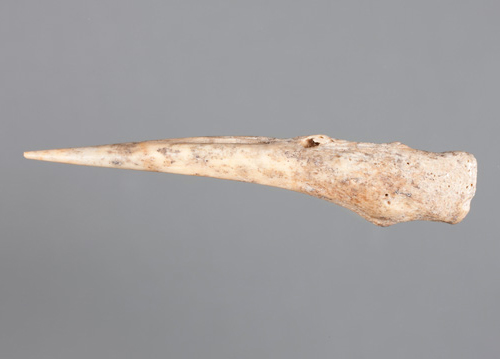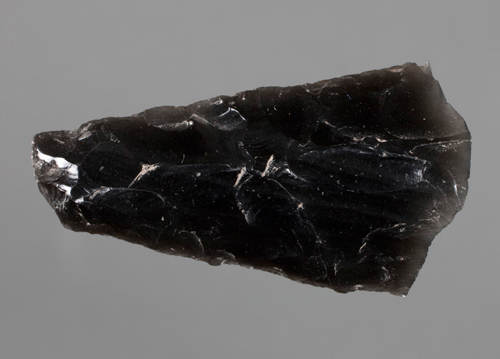On the surface are two mounds of a Neolithic settlement lost by time. Beneath the surface are the remains of one of the most complicated societies of ancient times.
Çatalhöyük was once occupied by a habitual civilisation, but changing conditions caused the people to abandon the site around 5000 BCE. Because inhabitants built their houses on top of each other, it grew into the landscape and was eventually forgotten about until James Mallart discovered it in 1960. Since its discovery a global team of experts have been working together for almost 60 years to excavate this densely packed settlement.
The most interesting aspect of the site is the inhabitants continuous rebuilding of their houses. Archaeologists have identified 18 layers that contain the most important parts of the culture’s social, material, and ritual lives. The excavations reveal how people organised their lives around the home. The dead were buried beneath platforms in the main living quarters. Bone fragments found around the home were both useful and decorative, and excavated obsidian sherds show a developing stone industry. These bone fragments and obsidian sherds were discovered in houses on the sixth layer of the site.
The following artefacts were excavated at Çatalhöyük, and were found during excavations of Area A during the 1962 summer expedition. The Neolithic period was the last phase of the Stone Age, and lasted for over 10,000 years (15,000-2,000 BCE).


